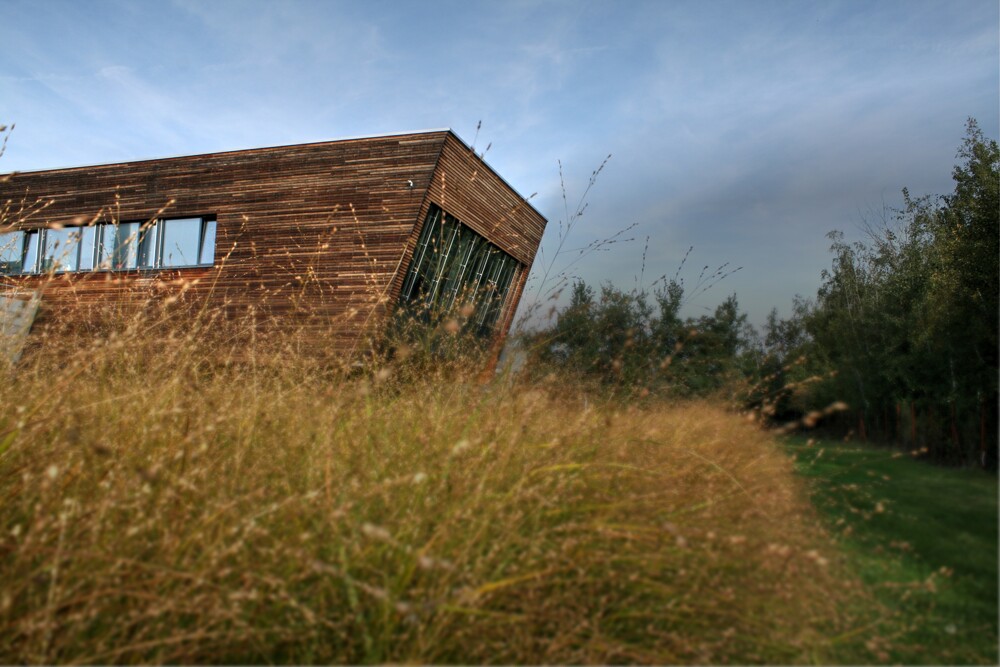

The University Center for Energy-Efficient Buildings of the Czech Technical University used computer simulations to develop and evaluate thermally active suspended ceilings that contain materials capable of changing states. Their cooling performance was modeled in different geometrical arrangements and their behavior in terms of spatial acoustics was monitored.
Suspended ceilings for administrative buildings are designed mainly according to the requirements of standards, decrees and government regulations on the indoor environment (operating and air temperatures, air flow speeds, concentration of chemical substances, dust, lighting and acoustics). The main reason for using phase change materials (PCM) is to improve the indoor environment of buildings. The aim is to reduce the cooling power required during the summer season.
Materials that change state at realistically usable temperatures are referred to as PCM. For the indoor environment of buildings located in a mild climate zone, this is a range of approx. 20 to 25 °C. Thermal energy transfer occurs in a change of state when the PCM is heated to the temperature at which it melts. It then absorbs a large amount of heat without increasing its temperature and subsequently functions as a normal material. If, on the other hand, the ambient temperature reaches the solidification point of the PCM, it will release its stored heat. At the same time, it can store or release up to fourteen times more heat per unit volume than ordinary masonry or stone. Commonly used applications include PCM applications in glass, facades, floors and suspended ceilings.
Our team had to take into account a whole range of sometimes conflicting requirements in terms of indoor environment quality and acoustics, combined with other limits such as production possibilities, standard office headroom and other technical and technological constraints. For example, from the point of view of heat transfer, metal mesh would be the most suitable packaging material for PCM, while from the point of view of acoustic absorption, mineral wool would be optimal, etc.
After a series of compromise solutions and optimizations, we came to the conclusion that the most suitable materials for suspended ceilings with PCM seem to be perforated plasterboard in the lower part and thin-walled sheet metal in the upper part. This combination should appropriately balance all requirements in the field of materials, spatial possibilities of buildings, geometry and spatial distribution with an effect on air flow and acoustics in the rooms.